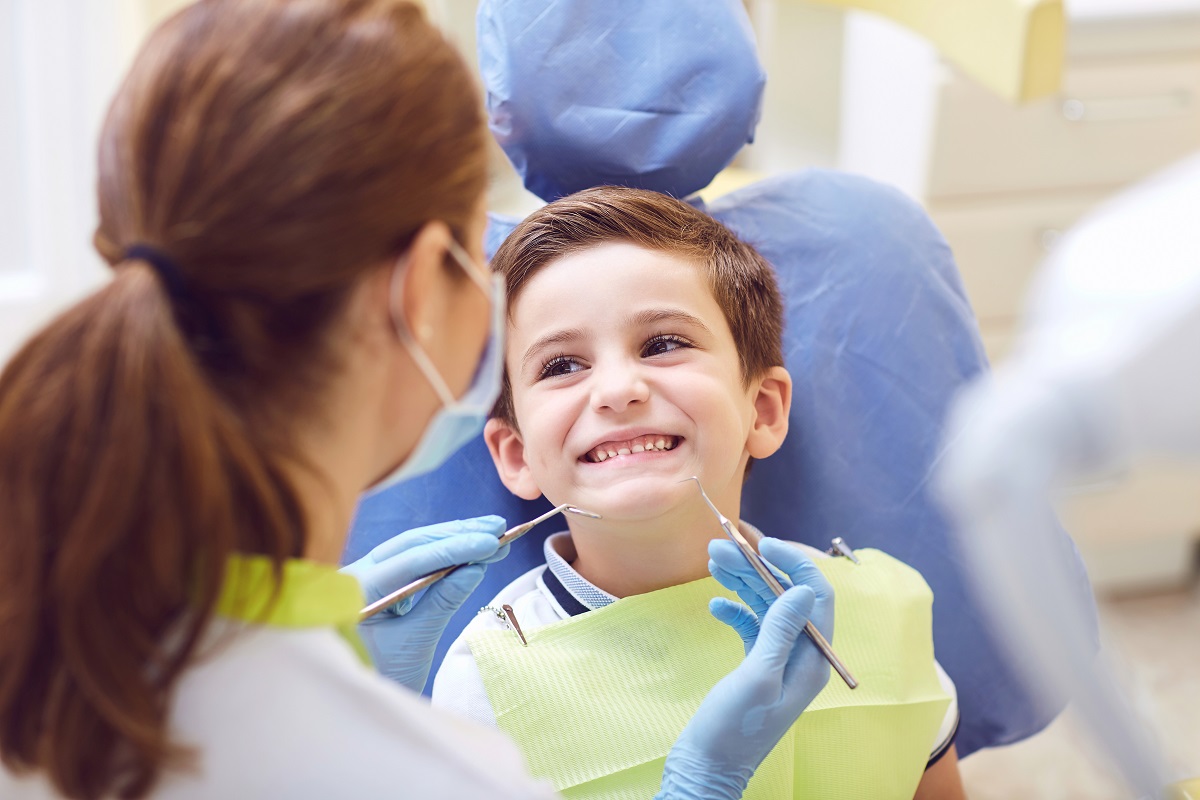Blog
Dental hygiene tips for healthy teeth & gums

What Is Pediatric Pulp Therapy?
An individual’s pulp is made up of nerves, tissue, and blood vessels in the teeth’ interior cavities and root canals. As a source of nutrients and oxygen, pulp supplies blood to the tooth.
Inflammation, pain, and discomfort around the tooth’s pulp can result from tooth decay, trauma, or other causes. And it mostly happens with children because they don’t pay much attention to their brushing technique and they are also too small to recognize any pain and discomfort.
When this occurs it is advisable to get pediatric pulp therapy done. Its primary objective is to ensure teeth and their supporting tissues remain healthy and intact.
So, if you are a parent or your kids are dealing with the same issue, continue reading this article to get more information about the same.
What are the signs and symptoms of pulp damage?
There are multiple reasons for this damage. When the roots are immature, pediatric therapy is important, since the apex of the root of a tooth develops from the pulp.
In spite of the fact that the source of the pain may not be visible, the child will clearly need to see a pediatric dentist if the condition is extremely painful.
And here are some signs that you should look out for if your child tells you about sudden dental pain:
- Symptoms of unusual tooth mobility or looseness.
- Pain that does not seem to go away.
- Having trouble sleeping at night.
- Temperature sensitivity to hot and cold foods.
- The affected tooth may become swollen or red.
These are some of the signs that you should look for if your kid tells you about sudden pain and discomfort in their teeth. And if symptoms increase they might need pediatric pulp therapy.
An overview of pediatric pulp therapy
Dentists use pulp therapy to prevent teeth from falling out. The two most typical forms of this therapy are pulpectomy and pulpotomy. It is used to remove diseased pulp from a tooth’s crown.
During this procedure, no damage is done to the pulp root. After removing the infected part the tooth is then filled with an agent that prevents bacteria growth and infection, as well as calms the nerve.
The tooth is then covered with a crown. In addition to strengthening the tooth, the crown reduces the likelihood of future damage. Another type of this pediatric therapy is pulpotomy. When the entire pulp is affected, including the root canals and crown, a pulpectomy is necessary.
The diseased pulp of the tooth is removed completely during this procedure. After cleaning and disinfecting the canals, absorbable materials are packed into them. In the case of permanent teeth, non-absorbable materials are used.
Lastly, a crown will be placed over the tooth to strengthen it and provide support.
When should your child go under pediatric pulp therapy?
Every tooth situation is different and unique. An assessment of the child’s age, the tooth’s position, and general health are conducted by the pediatric dentist before this therapy is recommended.
You should refrain from taking your kids directly for any such therapy. Following are some adverse effects of prematurely removing the tooth without any proper assessment:
- There may be a reduction in arch length.
- Primary tooth loss can impair the emergence of permanent teeth.
- There may be an undesirable growth of opposing teeth.
- A painful impact can occur on a premolar.
- It is possible that the remaining teeth will “move” into the gap to fill it.
- An abnormal tongue posture may occur.
These are some of the things you should keep in mind before taking your kids to pulpectomy therapy. Lastly, you can help your kids avoid getting any infections and dental diseases by looking after their brushing routine.
Making them eat healthy nutritious meals. Cutting down on sweets and refined food and also taking them to regular pediatric appointments to keep any oral care issues away.
